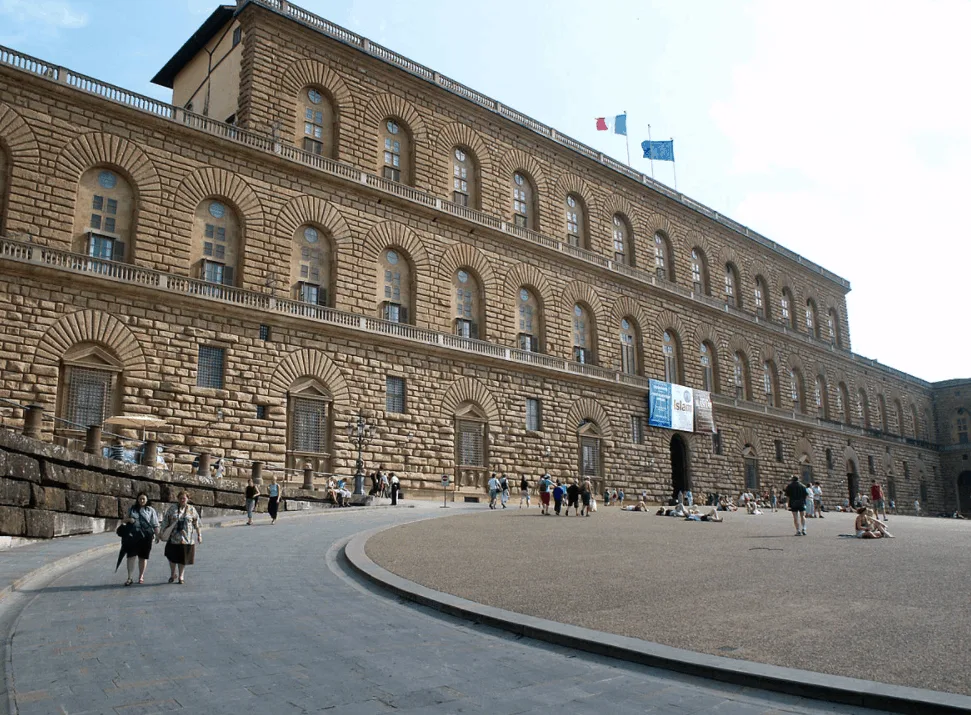This historic building in Florence has an amazing history.
In this post, you’ll discover the ultimate list of facts about the Pitti Palace, one of the most fascinating palaces in the world!
1. It’s located near the historic center of Florence
The city of Florence is the capital city of the Tuscany region in central Italy. The Pitti Palace is one of the most prominent landmarks in a city filled with historic buildings and is considered to be the birthplace of the Renaissance.
The palace is located in the southern part of the city on the opposite bank of the River Arno and right across the historic center of Florence. The center of the city can be reached by crossing the nearby Ponte Vecchio, one of the most famous bridges in the world which gives access to the Palazzo Vecchio as well.
One of the most famous cathedrals in the world, the Florence Cathedral with its marvelous dome, is just a short distance to the north of the Ponte Vecchio as well.

2. The palace was named after the man who built it
The original building was commissioned in 1458 by a man named Luca Pitti (1398-1472), a wealthy Florentine banker and personal friend and supporter of Cosimo de’ Medici
Cosimo de’ Medici (1389-1464) was the first member of the Medici family who ruled Florence during the Renaissance. He had commissioned his own palace, the “Palazzo Medici,” which was completed between 1444 and 1484.
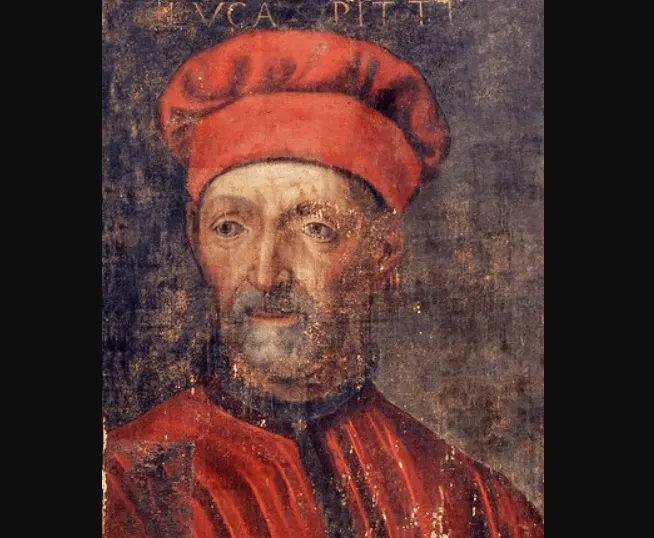
3. Pitti never saw the original building completed
Just like Cosimo de’ Medici, Luca Pitti never saw the original version of his palace completed. That’s because Cosimo had died in the year 1464 which put a serious strain on his finances.
Pitti died in the year 1474, and even though the original version of the palace was quite impressive for the time, it wasn’t nearly as big as the Palazzo Medici.
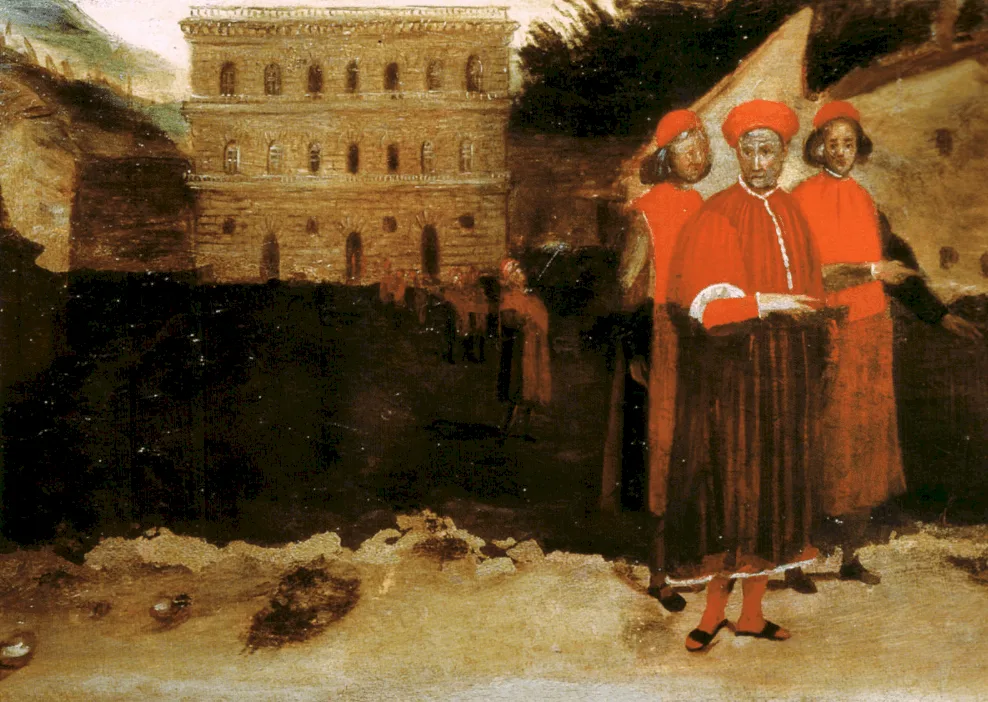
4. It’s unclear who the architect of the building was

For a long time, it was assumed that Filippo Brunelleschi, one of the most important Renaissance artists and the founding father of Renaissance architecture, was responsible for the original design of the palace, but this has been refuted.
16th-century historian and artist Giorgio Vasari claimed that Brunelleschi’s pupil Luca Fancelli was merely an assistant in the job, but modern historians credit it to him today.
The two main reasons for this are that Brunelleschi died 12 years before the work started, and the architectural style used was quite different and unusual for the time.

5. It has some influences of Ancient Roman architecture
In the 15th century in Florence, there was some nostalgia for Ancient Roman architecture, referred to as the style “all’antica.” This becomes clear in the palace when e see the 3 levels of arches stacked on top of each other, similar to Ancient Roman aqueducts as for example the Pont du Gard.
One of the most remarkable facts about the Palazzo Pitti is that this style was clearly liked because every addition made to the palace followed the style of the original façade.
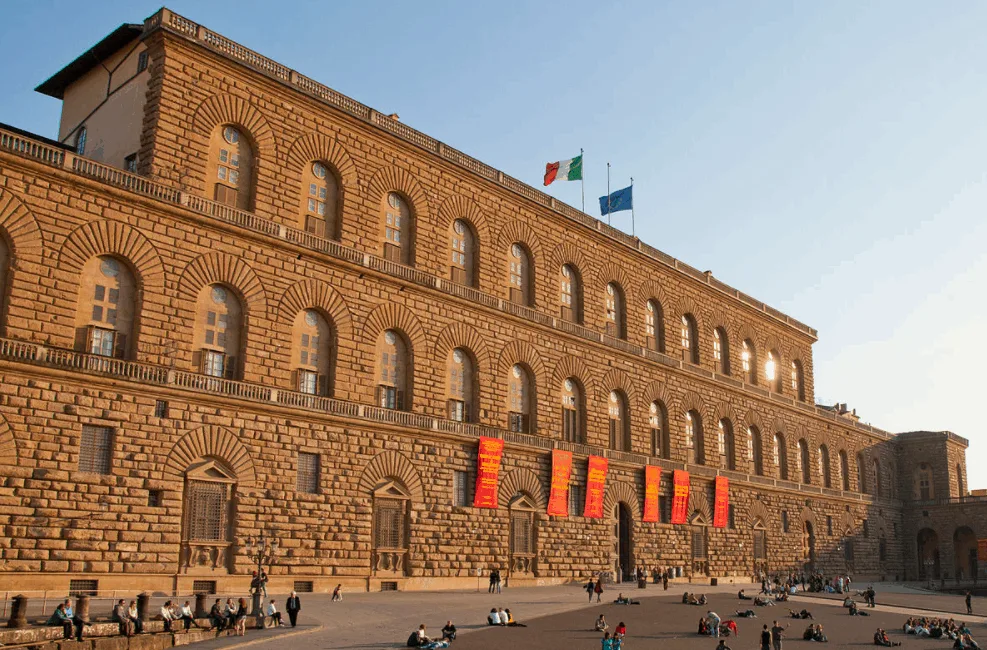
6. The palace was sold to a powerful woman in the 16th century
One of the most fascinating facts about the Palazzo Pitti is that the man who originally commissioned it most probably never imagined it would ever become the property of the family of his friend, the Medici’s.
Well, that’s exactly what happened a century later!
The building was sold to Eleonora di Toledo in the year 1549 and she was the wife of Cosimo I de’ Medici, the second Duke of Tuscany. This effectively made the palace property of the Medici family.

7. An extra block and famous corridor nearly doubled the palace’s size
Since the building was still in an unfinished state at the time, the first thing Eleanora di Toledo did was to order the completion of the original building and expand it as well.
Giorgio Vasari was hired to add an additional block, and he built a corridor that is now referred to as the “Vasari Corridor.” This passageway connects the Palazzo Vecchio, which remained the residence of the Medicis, with their newly acquired Palazzo Pitti.
Since the palaces are located on opposite banks of the River Arno, the Vasari Corridor actually runs on top of the Ponte Vecchio to cross the river!
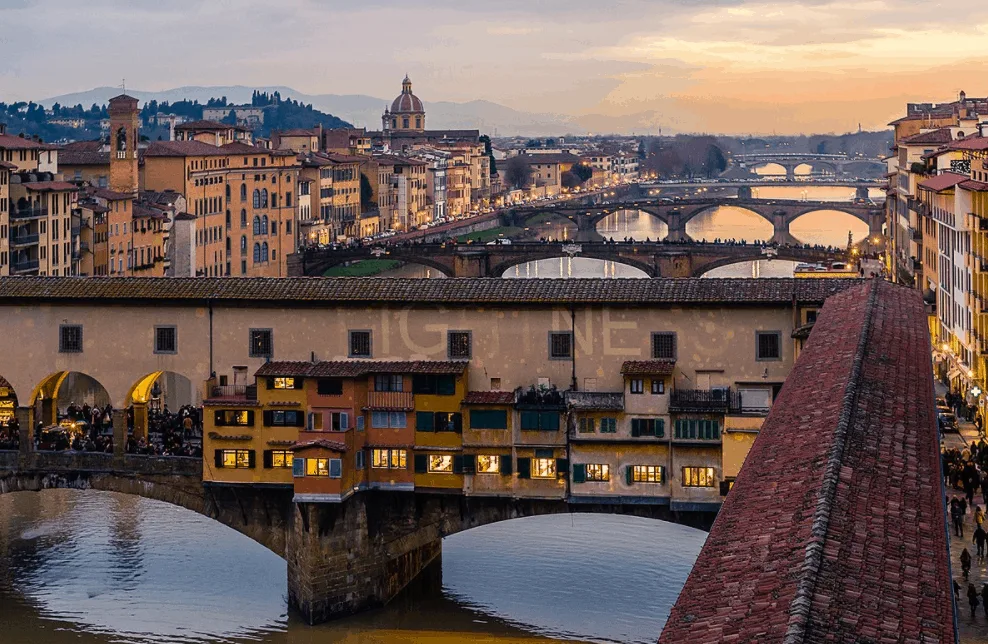
8. An immense landscaped garden was added to the Palace
Eleonora didn’t just focus on expanding the palace, she also bought a huge piece of land beside the palace and commissioned the construction of a massive landscaped garden.
This land was located on an area called the “Boboli hill” at the back of the palace and covers an area of 45,000 square meters (11 acres).
This garden, which was built around the form of an amphitheater, is now referred to as the “Boboli Gardens” and serves as a prime example of an Italian-style garden. It became the inspiration for numerous palace gardens all across Europe and is literally an open-air museum decorated with sculptures, fountains, and even caves.
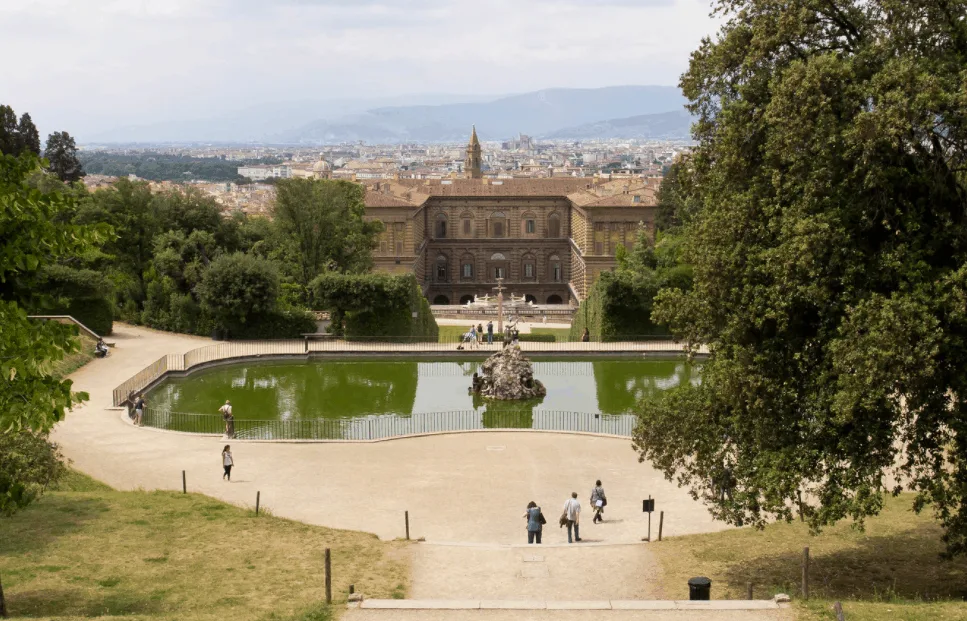
9. The Pitti Palace eventually became the Medici’s principal residence
One of the most striking facts about the Pitti Palace is that it never really became the permanent residence of the Medici’s after Eleonora and Cosimo bought and expanded it.
It wasn’t until the reign of Eleonora’s son, Francesco I, who reigned between 1574 and 1587, that the palazzo Vecchio was exchanged for the Palazzo Pitti as the permanent residence of the reigning family, a status it would maintain, albeit for various types of rulers, until the 20th century!
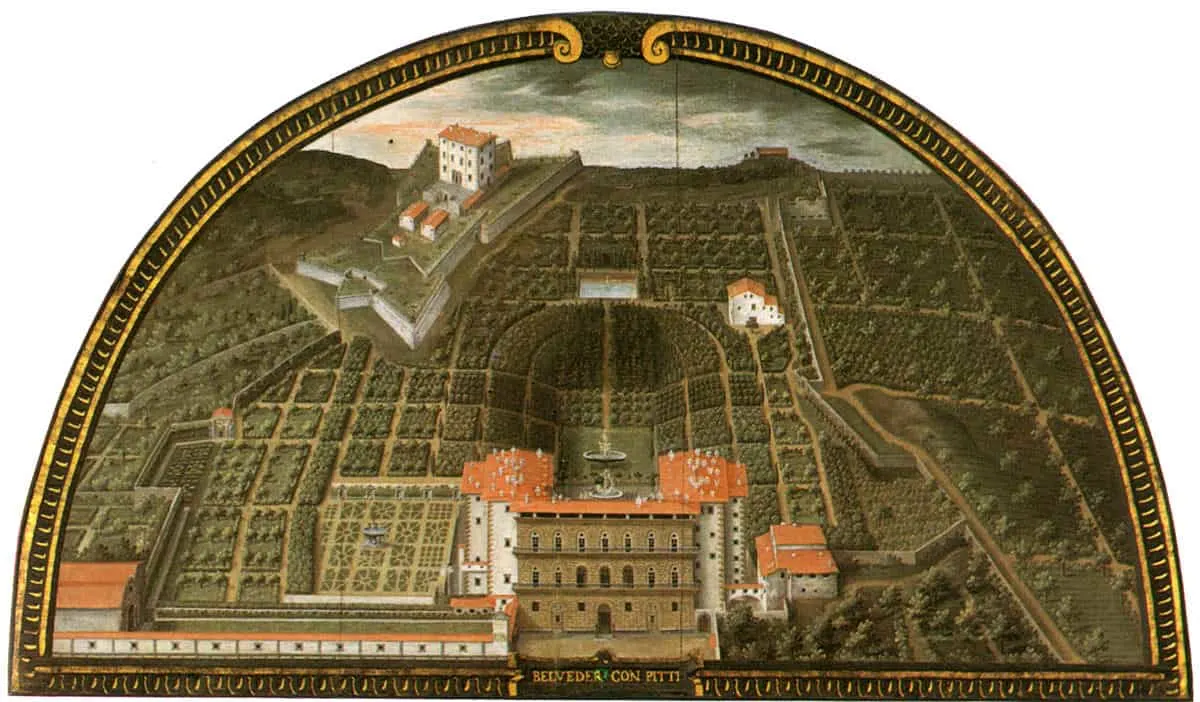
10. The palace was expanded multiple times the following centuries
The Medici family lived in the palace until the year 1737 when the last heir of the family died. The palace was then passed on to the Austrians and first of all to Holy Roman Emperor Francis I.
Two main expansion projects, along with multiple other expansions on a smaller scale, were conducted over the centuries.
- The street façade was expanded with 3 bays in the early 17th century.
- Two wings were added on each side in the 18th century which created the courtyard or “cour d’honneur.”
The fabulous courtyard of the Pitti Palace has been replicated in numerous other famous palaces in Europe.

11. It briefly became the seat of power of Napoleon in Italy
The Austrian House of Lorraine briefly had to seize ownership of the palace from Napoleon in the year 1816 when he occupied Italy after the French Revolution and the wars that followed it.
Napoleon made it his seat of power when he controlled Italy. It would eventually pass on to the House of Savoy in 1860 and briefly become the residence of King Victor Emmanuel II. He was the first king of a reunited Italy since the 6th century and lived in the palazzo until 1871.
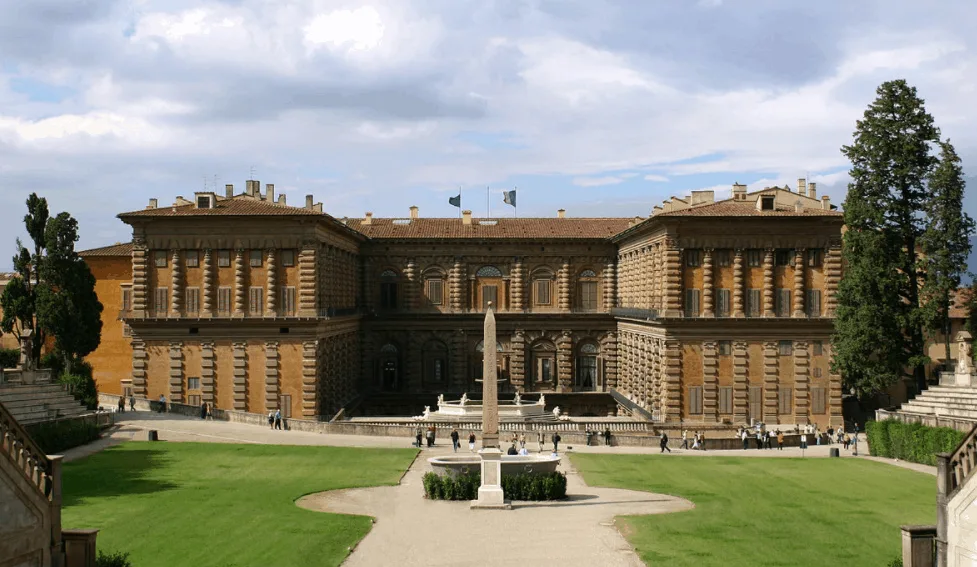
12. The palace was donated to the Italian people in 1919
It was eventually the grandson of Victor Emanuel II, called Victor Emmanuel III, who donated the palace and all of the art housed in it to the Italian people in the year 1919.
Today, the palace is in the hands of the Italian state and is managed by the Ministry of Cultural Properties and Activities.
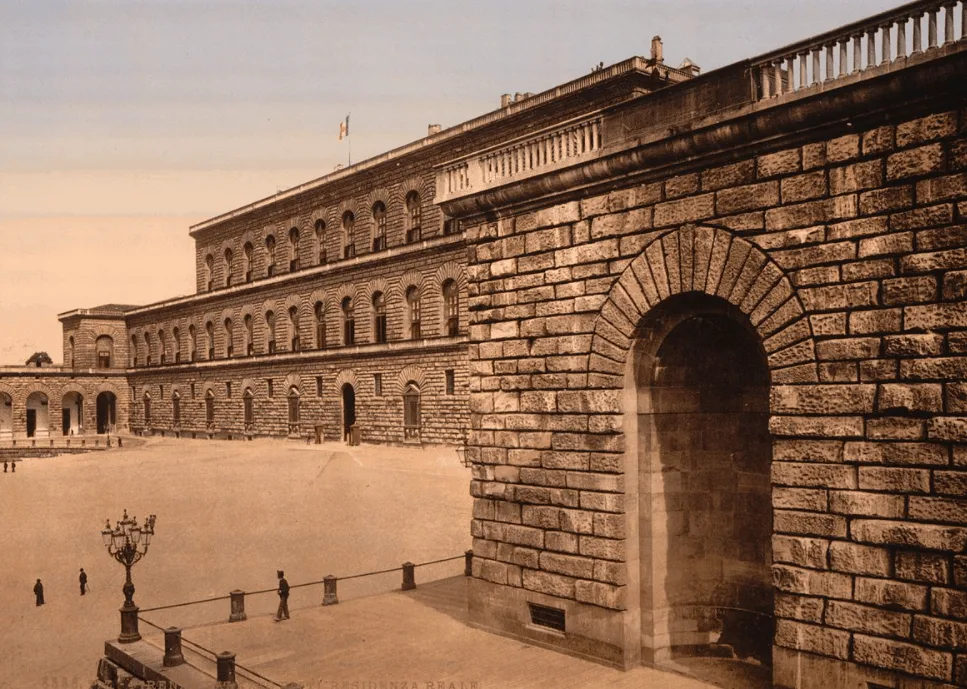
13. It became a public museum in the late 18th century
One of the most interesting facts about the Pitti Palace is that its art collection has been on public display ever since the 18th century. The Palatine Gallery alone consists of 28 rooms and over 140 rooms can be accessed by the public today.
The total complex consists of 5 different art galleries and a museum, located within the palace and the Boboli Gardens.
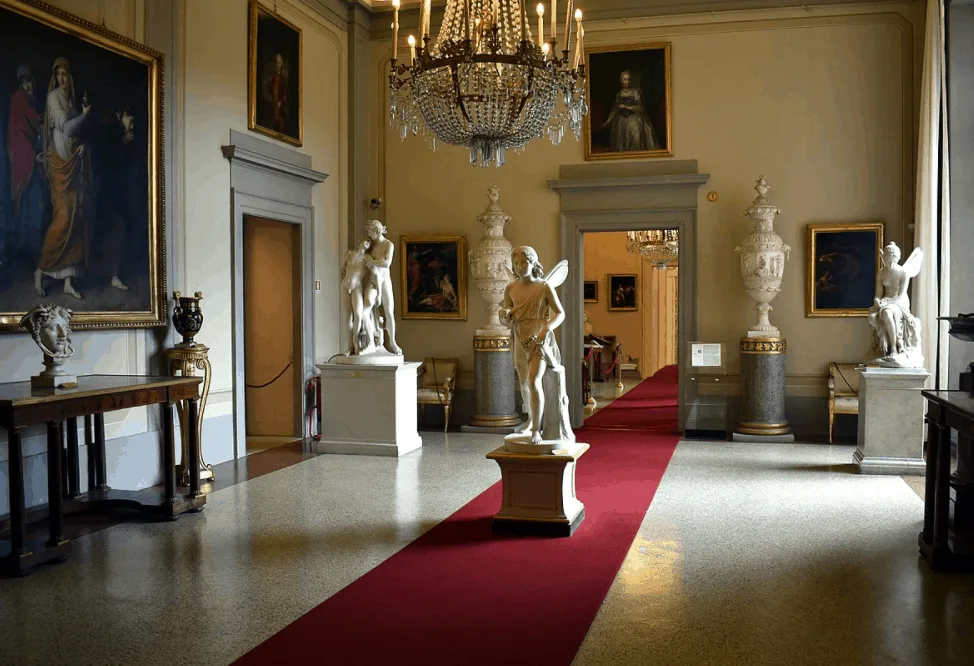
14. The Palatine Gallery contains some of the finest pieces of Renaissance art
The museum contains some of the finest works of art by some of the most renowned artists from the Renaissance and Baroque periods. These include Raphael, Titian, Perugino, Correggio, Peter Paul Rubens, and Pietro da Cortona.
Many of the rooms are decorated in the high Baroque style with richly ornamented ceilings and frescos which are a reference to the virtuous leadership of the Medici family.

15. It’s part of one of the most-visited art museums in the world
The main gallery of the museum is the Palatine Gallery and contains 28 different rooms of art. There are also 14 Royal Apartments, as well as other areas where art can be admired such as the:
- Gallery of Modern Art
- Grandukes Treasury (originally the Silver Museum)
- Porcelain Museum
- Costume Gallery
- Carriages Museum
Since 2015, all of these galleries and museums belonging to the Pitti Palace complex have been part of the Uffizi Gallery, the most famous museum in Florence. This museum is considered to be one of the first modern museums in the world as it was established in the year 1581.
Apart from that, the Uffizi Gallery, Palazzo Pitti, and the Boboli Gardens welcome nearly 4.4 million visitors every year, making it one of the most-visited museums in the world!
